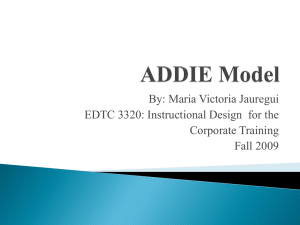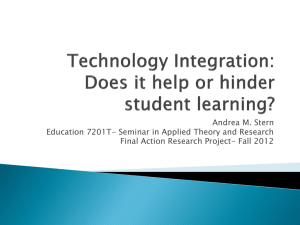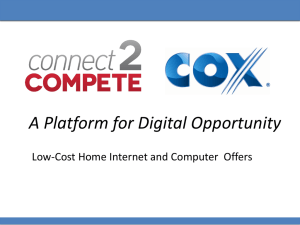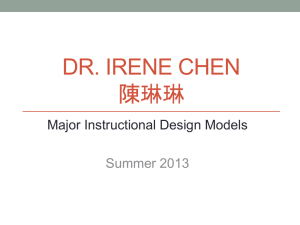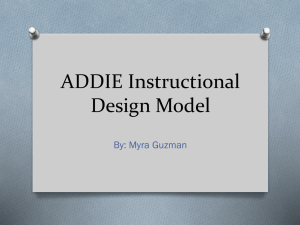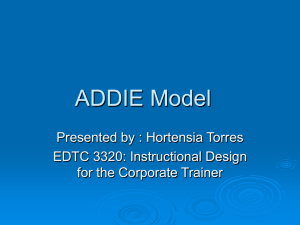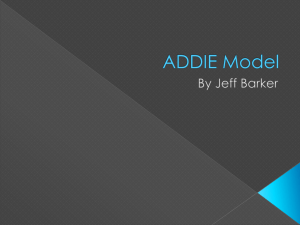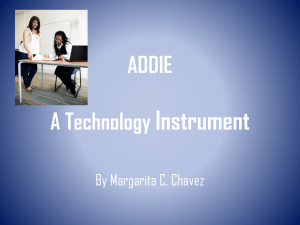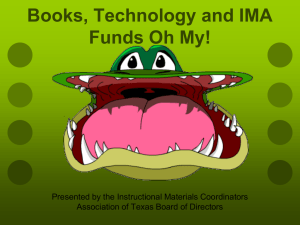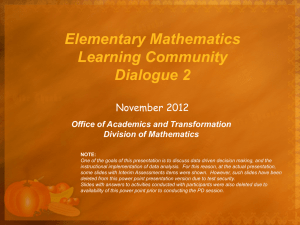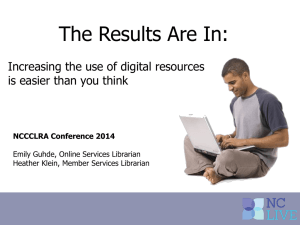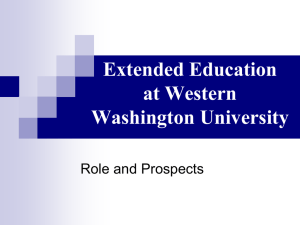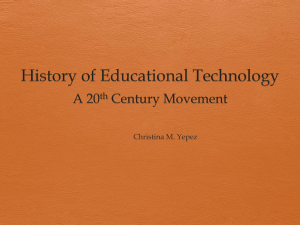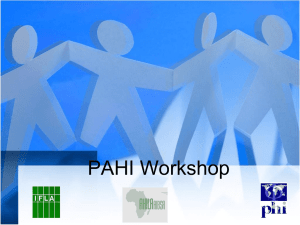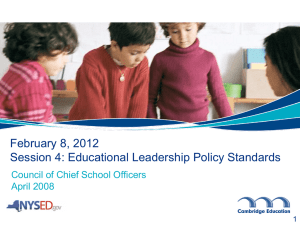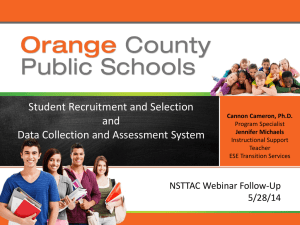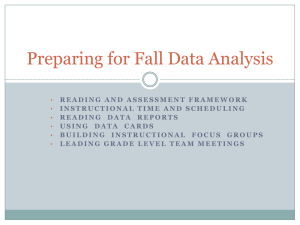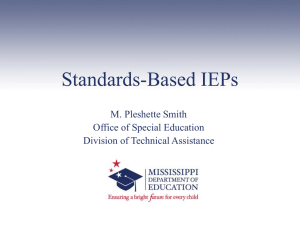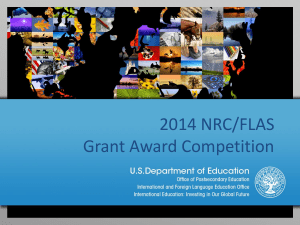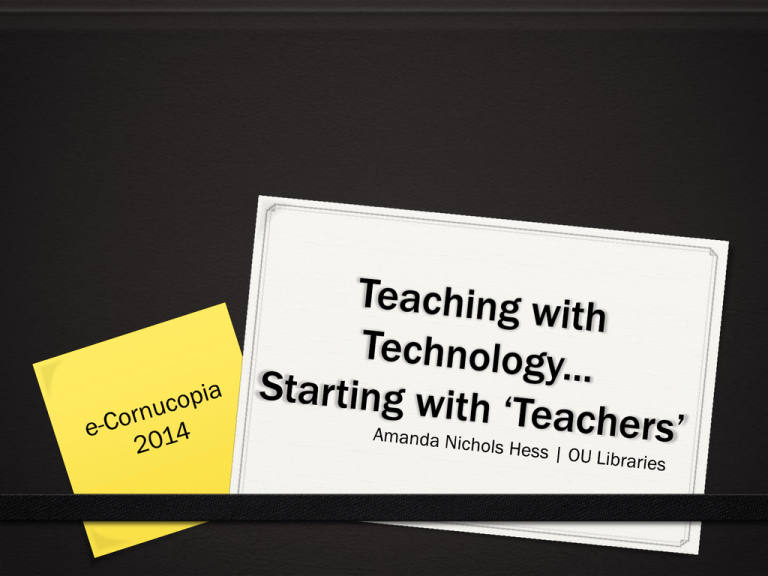
Presentation Goals
• Share foundational scholarship for the creation of
informal community of learners
• Discuss instructional design theories, including
ADDIE and Booth’s (2011) USER model
• Walk through a “case study” of the USER model
in action at OU Libraries
• Identify takeaways and potential implications,
both for OU Libraries and other staff/faculty
departments in K-12 / higher education
Friday Night Lights by Graham Ballantyne is licensed under CC BY-NC-ND 2.0
Oakland University Libraries
• 12 full-time faculty librarians, 7 part-time librarians
• Diverse experiences in instruction, instructional design, technology
use in teaching
2013-2014 Instructional Snapshot: • 272 course
sessions taught
• Strong instructional
presence across the
curriculum
Writing & Rhetoric
(WRT 160)
• LIB250, 4-credit
online course
offered for general
education credit (3
sections taught)
Photo-a-day #82: New Home by Eric Merrill. All rights reserved.
Learning Communities
A “relatively small group… [which has] a clear sense of membership,
common goals, and opportunity for extensive face-to-face interaction” (Baker,
1999, p. 99)
• May be cohort- or topic-based
(Cox, 2004; Richlin & Essington, 2004)
• Community of Inquiry (CoI)
framework frequently adopted
(Garrison, Anderson & Archer, 2000)
• For faculty: influence teaching
practices and increase
community/connections (Addis et al.,
2013; Blaisdell & Cox, 2004; Layne, Froyd, Morgan &
Kenimer, 2002; Richlin & Cox, 2004)
• For students: supports
academic success (AAC&U, 2008)
classified research by throgers is licensed under CC-BY-NC-ND 2.0
Faculty Learning Communities
Common attributes include:
• Connection to institutional
goals
• Clear objectives and
issues/topics to address
• Connections within the
community and with other
programs/units on or off
campus
• Focus on scholarly processes,
such as on teaching projects
and the scholarship of teaching
and learning
• Funding (Cox, 2002; Richlin & Essington, 2004)
Technology frequently / effectively
facilitates learning communities
classified research by throgers is licensed under CC-BY-NC-ND 2.0
(Vaughan, 2004)
Instructional Design as a
Discipline
Evaluate
Instructional design is “the
science and art of creating
detailed specifications for the
development, evaluation, and
maintenance of situations
which facilitate learning and
performance” (Ritchey, Klein & Tracey,
Analyze
ADDIE Model
Implement
Design
2011, p. 3)
Develop
Where We Started…
• 2012: e-Learning & Instructional Technology Librarian hired
• 2012-2013: Informal “Instructional Technology Updates” delivered at monthly
meetings
• Introductory in nature - Faculty members wanted more
• Summer 2013: Association of College & Research Libraries’ Immersion Program –
Teaching with Technology
Start by Steven Depolo is licensed under CC BY 2.0
The USER Model (Booth, 2011)
• From Reflective
Teaching, Effective
Learning
• Modified ADDIE model
• Frames instructional
design and instructional
technology through the
lens of library instruction
Booth, C. (2010, April 30). Librarians can shape ourselves into educators by devising our
teacher identities. American Libraries. Retrieved from:
http://www.americanlibrariesmagazine.org/article/build-your-own-instructional-literacy
Using the USER Model… to
Teach the USER Model!
Where We Went: Understand
September & October 2013
Available at http://bit.ly/TwTeCorn14
Where We Went: Structure
November & December 2013
Available at http://bit.ly/TwTeCorn14
Where We Went: Engage
January & February 2014
Available at http://bit.ly/TwTeCorn14
Where We Went: Reflect
March & April 2014
Available at http://bit.ly/TwTeCorn14
Where We’re Headed
• Implement
projects
developed!
• Consider
timeline for
future projects
• Continued
faculty
development in
designing online
learning
experiences
• Increased
collaboration on
library-wide
modules
viewfinder by brian donovan is licensed under CC BY-SA 2.0
• Increasing
integration of
assessment
Implications for YOU
• Questions to consider:
• Would such a learning
community work in your
setting?
• Cohort- or topic-based?
• Addressing a department
or unit need?
• What are the unique
attributes or needs in your
setting? How can they be
addressed?
• USER Model = easy introduction
to instructional design thinking
• Can influence ways of
thinking about pedagogy
Uncle Sam by James Montgomery Flagg is in the public
domain.
References
Addis, E. A., Quardokus, K. M., Bassham, D. C, Becraft, P. W., Boury, N., Coffman, C. R., … & Powell-Coffman, J. A. (2013). Implementing
pedagogical change in introductory biology courses through the use of faculty learning communities. Journal of College Science
Teaching, 43(2), 22-29.
American Association of College and Universities. (2008). High-Impact Educational Practices. Retrieved from http://www.aacu.org/
leap/documents/hip_tables.pdf
Baker, P. (1999). “Creating learning communities: The unfinished agenda.” In B. A. Pescosolido and R. Aminzade (eds.), The Social
Works of Higher Education. Thousand Oaks, Calif.: Pine Forge Press.
Booth, C. (2010, April 30). Librarians can shape ourselves into educators by devising our teacher identities. American Libraries.
Retrieved from http://www.americanlibrariesmagazine.org/article/build-your-own-instructional-literacy
Booth, C. (2011). Reflective Teaching, Effective Learning. Chicago: American Library Association.
Cox, M. D. (2002). The role of community in learning: Making connections for your classroom and campus, your students and
colleagues.” In G. S. Wheeler (ed.), Teaching and Learning in College: A Resource for Educators. Elyria, Ohio: Info-Tec.
Cox, M. D. (2004). Introduction to faculty learning communities. New Directions for Teaching and Learning, 97, 5-23.
Garrison, D. R., Anderson, T., & Archer, W. (2001). Critical thinking, cognitive presence, and computer conferencing in distance
education. American Journal of Distance Education, 15(1), 7–23.
Hubball, H. Clarke, A., & Beach, A. L. (2004). Assessing faculty learning communities. New Directions for Teaching and Learning, 97,
87-100.
Layne, J., Froyd, J., Morgan, J., & Kenimer, A. (2002). Faculty learning communities. Frontiers in Education 2002, 2, F1A-18.
Richlin, L. & Cox, M. D. (2004). Developing scholarly teaching and the scholarship of teaching and learning through faculty learning
communities. New Directions for Teaching and Learning, 97, 127-135.
Richlin, L. & Essington, A. (2004) Overview of faculty learning communities. New Directions for Teaching and Learning, 97, 25-39.
Ritchey, R., Klein, J. & Tracey, M. W. (2011). The Instructional Design Knowledge Base: Theory, research and practice. New York:
Routledge.
Vaughan, N. (2004). Technology in support of faculty learning communities. New Directions for Teaching and Learning, 97, 101-109.
Questions & Discussion
Black Speech Bubbles by Jzee is licensed under CC BY-NC-ND 2.0


